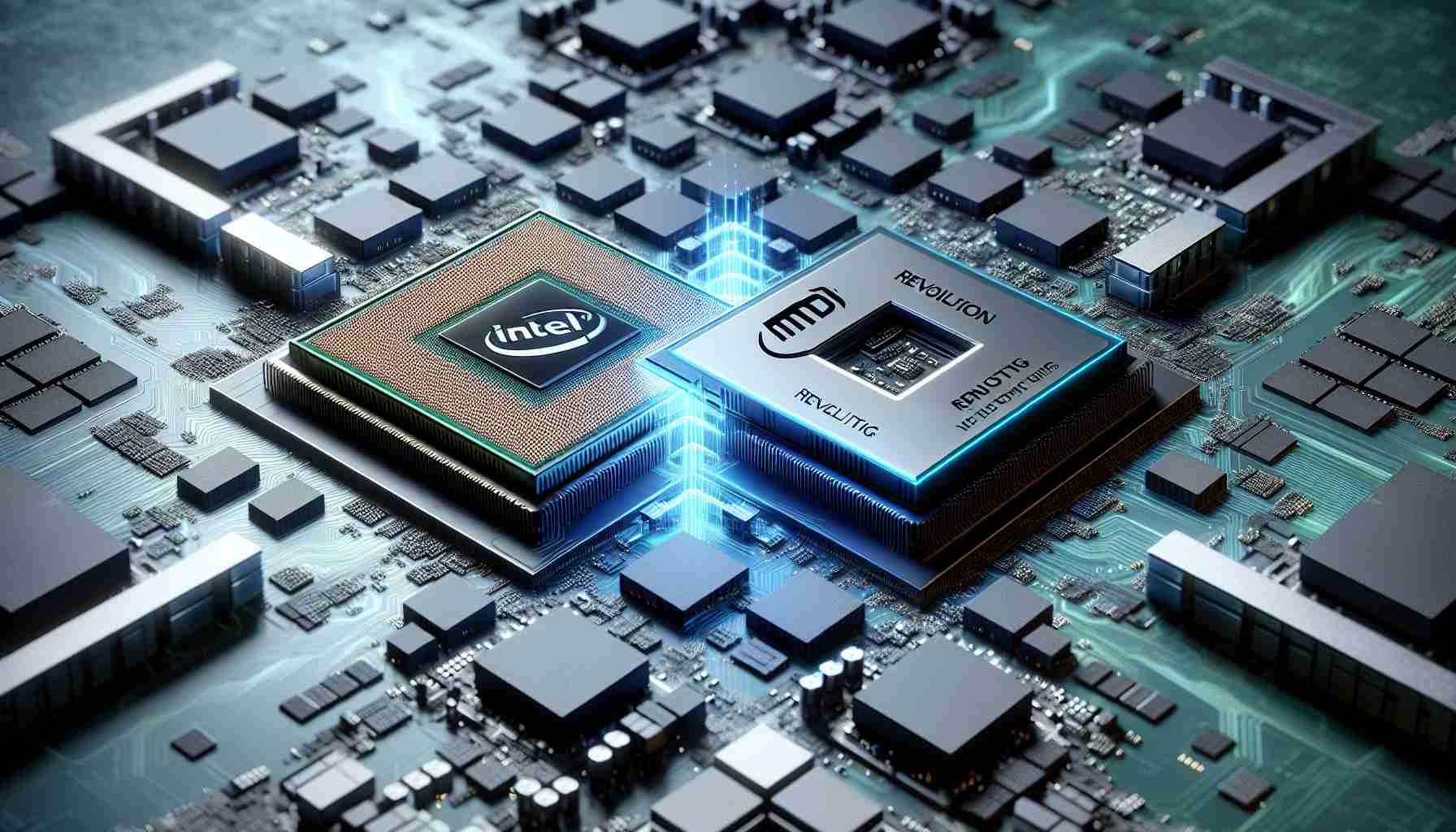Intel and Advanced Micro Devices have joined forces to revolutionize software compatibility across their chips, paving the way for a new era of seamless functionality.
Intel, pioneers of the x86 architecture that has dominated computing for over four decades, and AMD, known for licensing and manufacturing x86 chips, have faced increasing competition from Arm Holdings. Arm’s contracts mandate universal software compatibility across all chips, giving them an edge in the market.
Recognizing the need for change, Intel and AMD have established an advisory group comprising industry giants like Broadcom, Dell Technologies, Lenovo Group, and Oracle. This collaborative effort aims to standardize essential functions and features on Intel and AMD chips for consistent performance across a wide range of applications.
At a recent developer event, Intel’s CEO emphasized the adaptability and growth potential of x86 technology, especially in the context of emerging technologies like AI. By enhancing software compatibility, both companies are poised for a resurgence in an evolving tech landscape.
Through this strategic alliance, Intel and AMD are not only ensuring compatibility but also setting the stage for a new chapter in computing innovation.
Additional Facts:
– Both Intel and AMD are known for their rivalry in the CPU market, with each company constantly innovating to gain a competitive edge over the other.
– AMD made significant strides with its Ryzen series processors, challenging Intel’s dominance in certain market segments and forcing Intel to respond with improved products.
– Intel has long been associated with mainstream computing devices, while AMD has focused on offering value for performance-oriented users looking for alternatives to Intel’s offerings.
– The collaboration between Intel and AMD marks a rare partnership in an industry where competition often leads to diverging strategies and technologies.
Important Questions:
1. How will the collaboration between Intel and AMD impact consumer choice and competition in the CPU market?
2. What specific technical challenges did the companies face in ensuring software compatibility across their chips?
3. How will other major players in the industry, such as Arm Holdings, respond to this collaboration?
4. What are the long-term implications of this partnership for the future of CPU technology and industry standards?
Advantages of the Collaboration:
– Enhanced software compatibility could lead to improved performance and efficiency in systems using Intel and AMD chips.
– Standardizing functions and features could simplify the development process for software developers and lead to more consistent user experiences.
– Combining the expertise and resources of both companies may result in more rapid advancements in CPU technology and innovation.
Disadvantages of the Collaboration:
– There may be concerns about potential monopolistic behavior if Intel and AMD’s collaboration leads to a lack of diversity and competition in the CPU market.
– Technical challenges in ensuring seamless compatibility could introduce new issues or vulnerabilities that need to be addressed through ongoing updates and support.
– The collaboration may face resistance or skepticism from consumers and industry stakeholders who are accustomed to the traditional rivalry between Intel and AMD.
Related Links:
– Intel’s Website
– AMD’s Website



